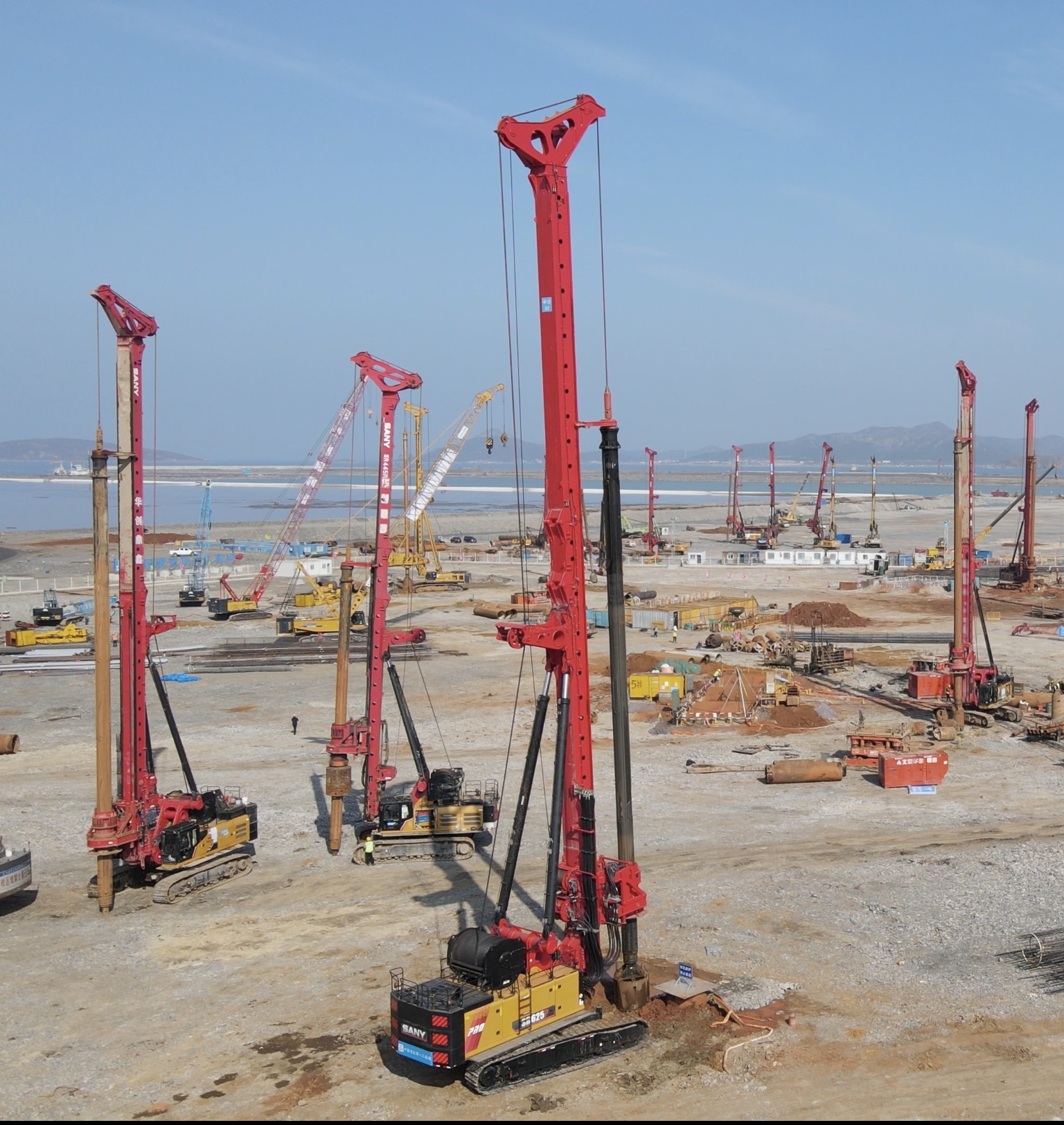

Optimizing Construction Efficiency: The Role of Advanced Project Management in Modern Building Projects

Introduction to Advanced Project Management
In today's competitive construction landscape, effective project management is crucial for delivering projects on time and within budget. Drawing from my doctoral research and hands-on involvement in over 50 projects, I've seen how integrating tools like Building Information Modeling (BIM) and lean construction principles can transform outcomes. For instance, using BIM allows for real-time collaboration, reducing errors by up to 20% and cutting rework costs significantly. Adopting these methods early in the planning phase ensures smoother execution and higher stakeholder satisfaction.
Key Technical Strategies for Efficiency
One of the most impactful technical approaches is the implementation of automated scheduling systems. These systems utilize algorithms to optimize resource allocation, considering factors like labor availability and material lead times. In a recent high-rise project, we applied critical path method (CPM) software with Monte Carlo simulations to account for uncertainties, resulting in a 15% reduction in project duration. Parameters such as a minimum safety factor of 1.5 for structural loads and daily progress tracking via IoT sensors were essential. Regular risk assessments further mitigate delays, with contingency plans addressing common issues like weather disruptions or supply chain bottlenecks.
Business Value and Cost Savings
From a business perspective, advanced project management directly boosts profitability. By minimizing delays and waste, companies can achieve up to 30% higher return on investment. For example, in a commercial development I oversaw, the use of prefabricated modules reduced on-site labor by 40%, leading to faster completion and earlier revenue generation. Investing in training for project teams on these technologies pays off through improved decision-making and reduced litigation risks. Moreover, clients appreciate transparent reporting, which enhances reputation and leads to repeat business.
Common Questions
What are the biggest challenges in implementing advanced project management?
Resistance to change and high initial costs are common hurdles. However, starting with pilot projects and demonstrating quick wins, such as reduced rework, can ease adoption. In my experience, involving teams in training sessions helps build buy-in.
How do you measure the success of these techniques?
Key performance indicators (KPIs) like schedule adherence, cost variance, and quality metrics are vital. For instance, tracking the percentage of tasks completed on time provides clear insights. Regular audits ensure continuous improvement.








